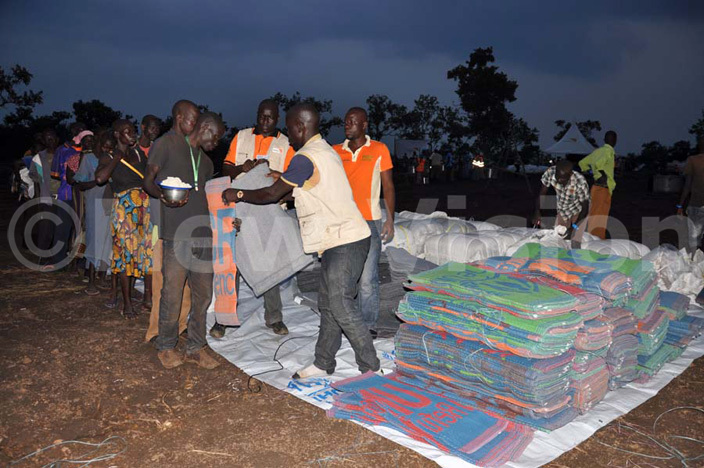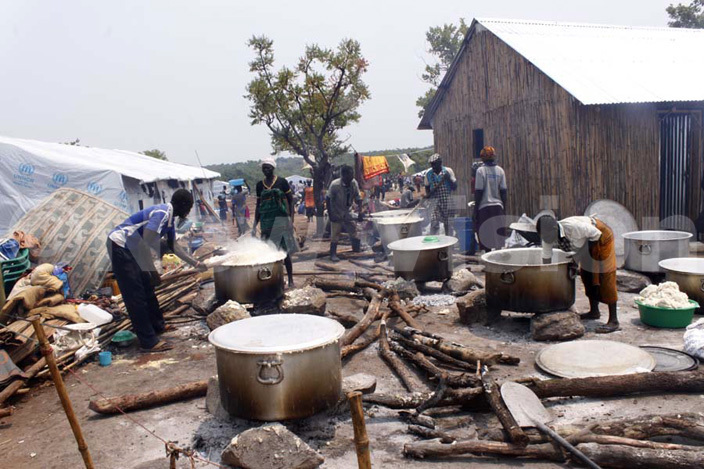4, 000 South Sudan refugees moved from Adjumani to Yumbe
Aug 13, 2016
Currently Adjumani is hosting over 136,000 refugees.

PIC: Some of the South Sudanese refugees at the new Yumbe refugee camp. Photos/ Andrew Masinde
Ever since war broke out in South Sudan a few weeks ago, there has been an influx of thousands of refugees to Adjumani on the border of Uganda.
Currently Adjumani is hosting over 136,000 refugees.
However, there are no longer enough services to cater for the refugees, necessitating the setting up of a refugee settlement at Bidibidi in Yumbe district.
As of August 7, at least 4, 000 refugees have been moved from Adjumani district to Bidibidi, according to the Office of the Prime Minister. In the long run, the Government intends to have it host close to 100,000 refugees by the end of the year.

However, the process of transferring the refugees has been slow and marred by reports that majority had resisted the relocation to Yumbe, claiming that the distance between South Sudan border and Yumbe is too long.
Adjumani is 45km from the Uganda-South Sudan border making it easy for some of the refugees to occasionally get out of the camp and cross back home. Yumbe, on the other hand, is roughly 145km From the Uganda-South Sudan border.
Titus Jogo, the Refugees Desk officer in the Office of the Prime Minister in Adjumani, confirmed that it was an uphill task to convince refugees to move to Yumbe.
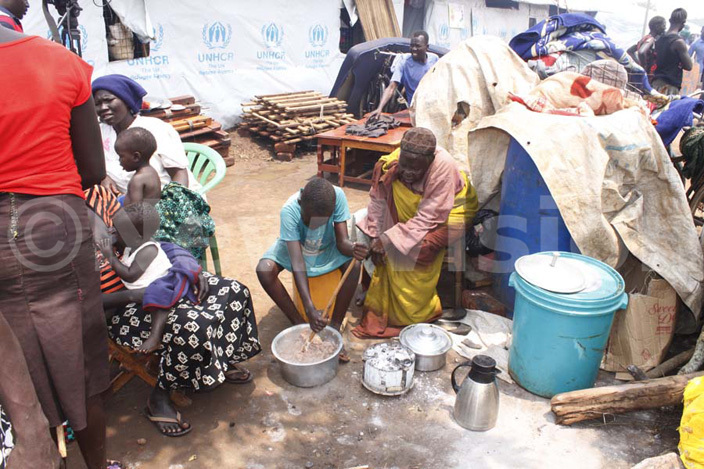
Life in the new camp
At Bidibidi, World Vision, which is doing general food distribution and preparation of meals for all the new refugees there is ensuring that all of them get their first meals that include porridge, corn meal and beans.
‘We are providing refugees with a meal on the first night and porridge the next morning. After this they are moved to the settlement area where we then provide them with dry rations of maize and beans, sorghum and other non-food items such as saucepans, plates, mosquito nets and blankets among other items," said Tina Mukunda, the World Vision Uganda programmes director.
She added that World Vision is working with WFP and UNHCR to meet all the crucial needs of these refugees.
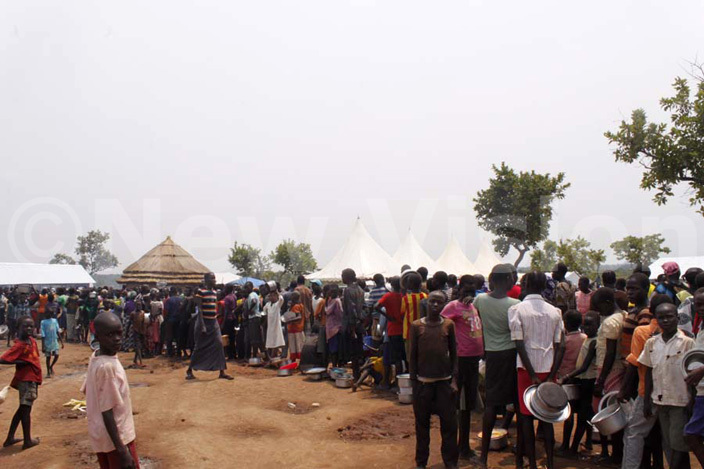
UNHCR is giving the refugees tarpaulins and poles to facilitate them to set up temporary shelters, which they have to put up immediately or sleep in open bushes.
Annet Kiden, 25, is a mother of six and expecting her seventh child. She and her family have not yet erected a makeshift home and they are paying the price.
‘'My husband is still weak and hasn't been able to put up a structure for us and at night the rains keep coming. We use the tarpaulin and blankets to cover ourselves at night, but when the rains come, there is nowhere to hide. I am pregnant and I don't know how am going to go through it. It's hard and scary leaving out here,'' Kiden say as tears roll on her cheeks.
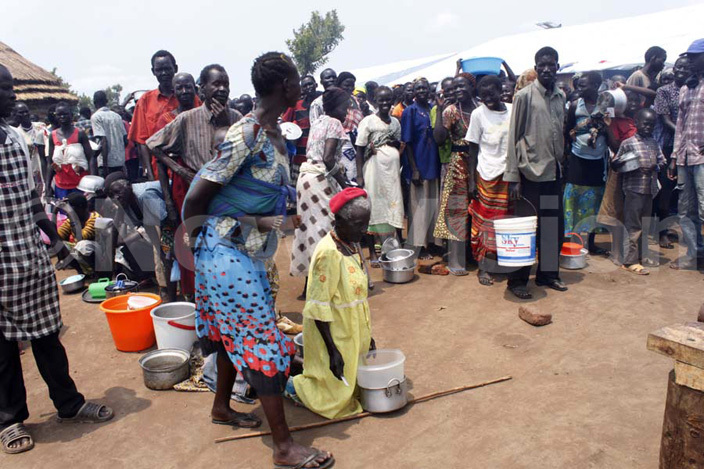
Kiden, however, stresses that despite the harsh life, she would rather suffer in Uganda in the open than to go back to South Sudan.
"Some of my neighbour's children were raped by the fighters, and we saw these things happen. I cannot go back, at least not now'' Kiden adds.
Kiden is just one of the thousands of refugees living in the open bush in Yumbe.
The situation in Yumbe has been made worse by the current wet season, making it hard for the refugees to cope with the new life.
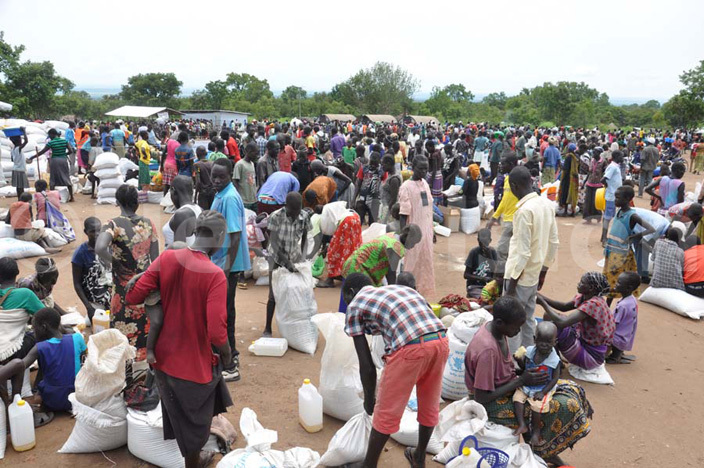
60 percent of the refugees in Uganda are women and children who cannot set up temporary shelters.
The UNHCR has had to keep persons with disabilities at the transit centre until such a time when they can fend for themselves.
Uganda continues to receive hundreds of South Sudanese refugees daily at its Elegu border, since July 7 when President Salvar Kiir and His first vice President Riek Machar fell out.
Over 45,000 refugees as of August 7 had crossed to Uganda and the number increases by the day.
